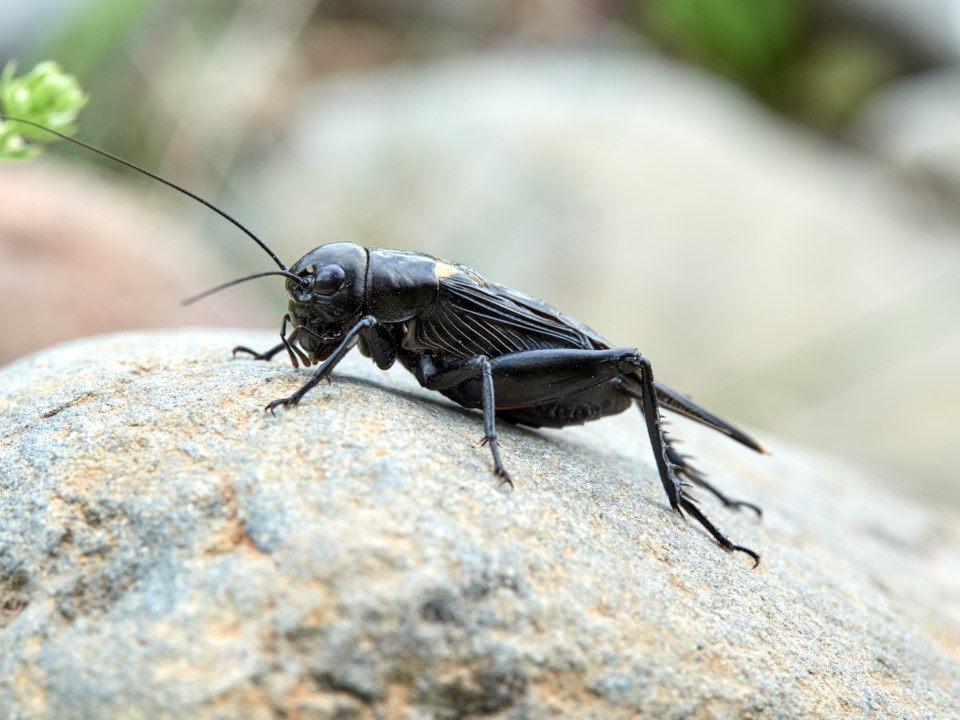Fall is here, and with it comes new creatures and critters. Cricket infestations are among the most predictable pest occurrences this time of year in many parts of Texas.
According to Texas A&M Professor and Extension Urban Entomologist Dr. Michael Merchant, the cricket species responsible for outbreaks in Texas have not been extensively studied, but most are part of the Gryllus assimilis complex, commonly known as black field crickets, or simply field crickets.
During the fall, crickets often become more active following cool fronts. The biggest cricket outbreaks tend to occur after dry springs and summers. While crickets can be abundant any year, their numbers peak in August and September when summer droughts are followed by rain and cooler temperatures.
The peak of cricket mating flights typically lasts 1-2 weeks, but crickets remain active for several weeks until cold weather sets in.
Field crickets lay their eggs in the fall, about two weeks after the females mature and develop wings. They prefer firm, bare soil for egg-laying, with each female capable of laying between 150 and 400 eggs. These eggs stay dormant in the soil over the winter and hatch in the spring.
Prevention & Control
Outdoor lighting is the main cause of severe cricket infestations around homes and buildings. Brightly lit areas attract large numbers of crickets during the fall mating season. Reducing outdoor lighting is the first and most crucial step in controlling crickets. Crickets are particularly prone to entering through doors at brightly lit entryways and through cracks and openings around outdoor lights, so ensuring those areas are sealed will help keep the creatures out of homes.
During cricket season, turn off outdoor lights early or switch to less attractive options like low-pressure sodium vapor lamps or yellow "bug lights." Floodlights not needed for security should be turned off or limited to a few hours each night.
Don't miss anything Local. Sign up for our free newsletter.




